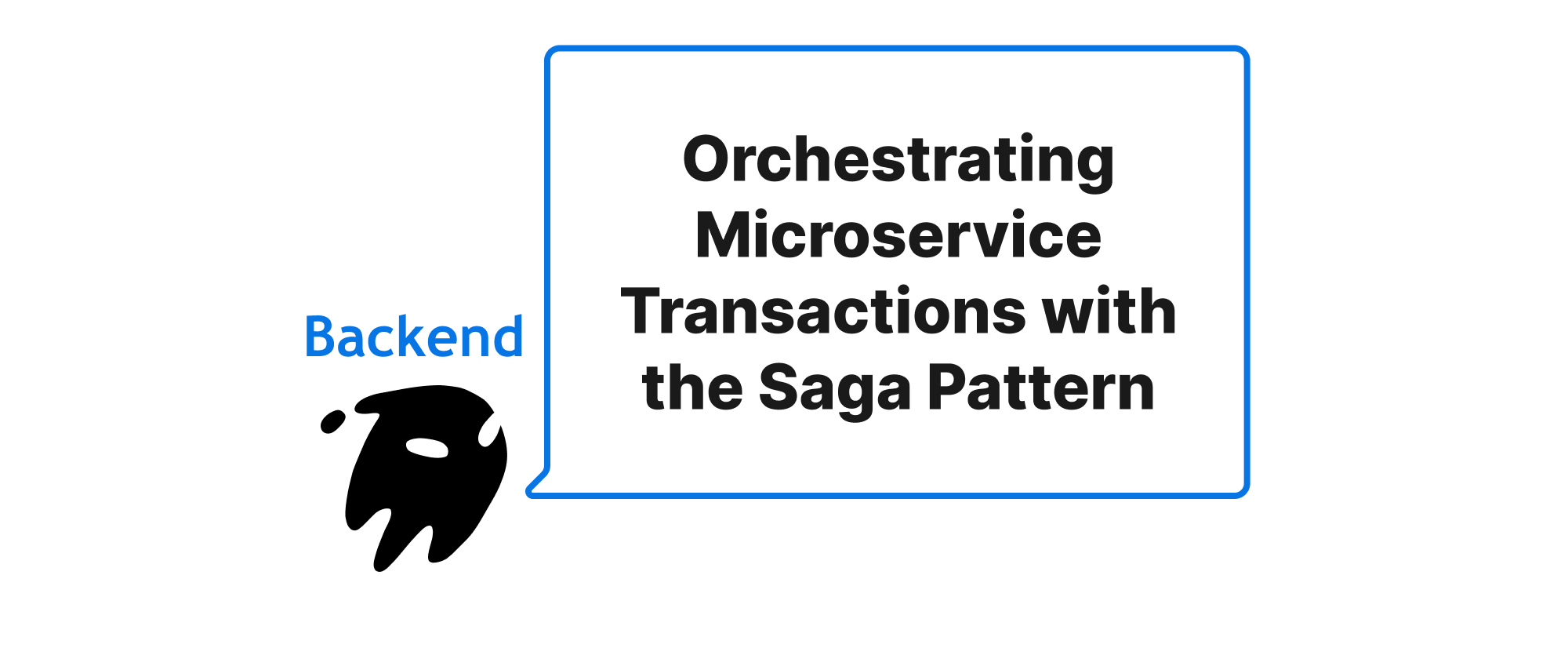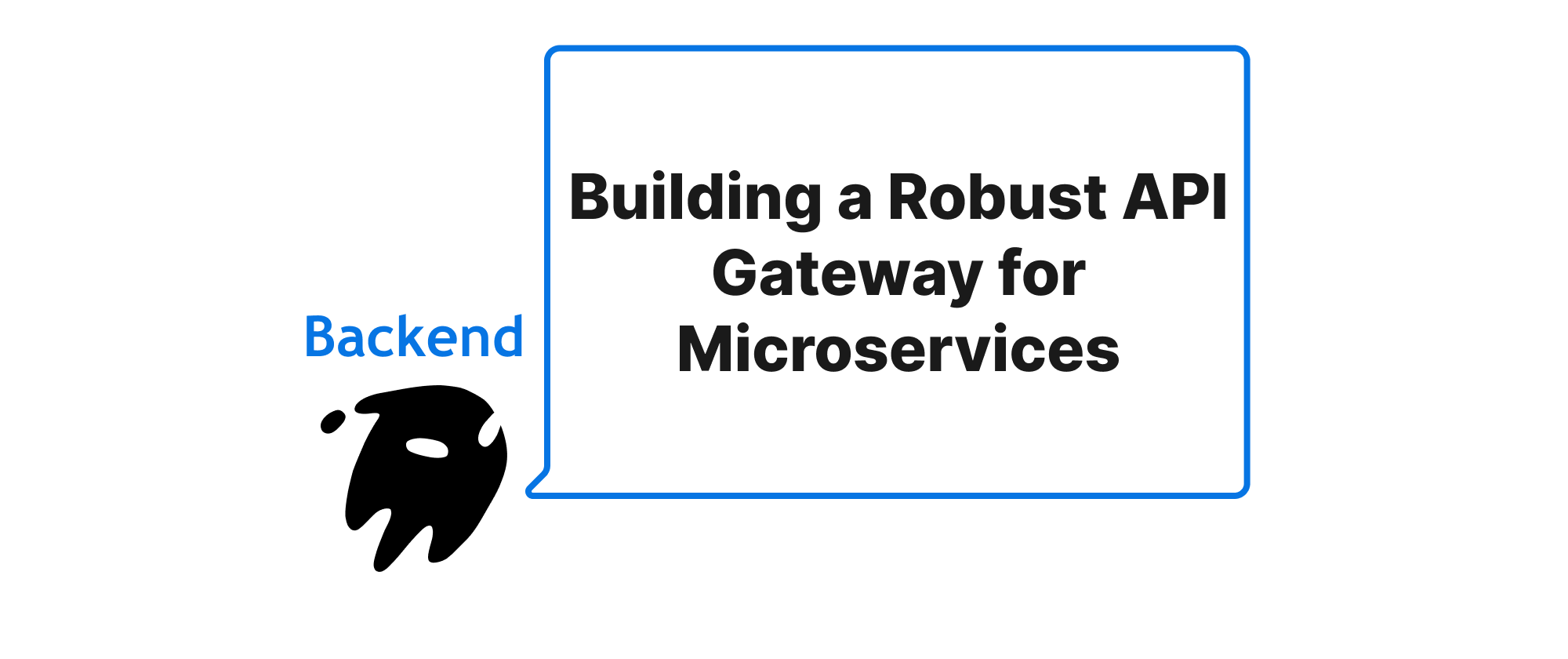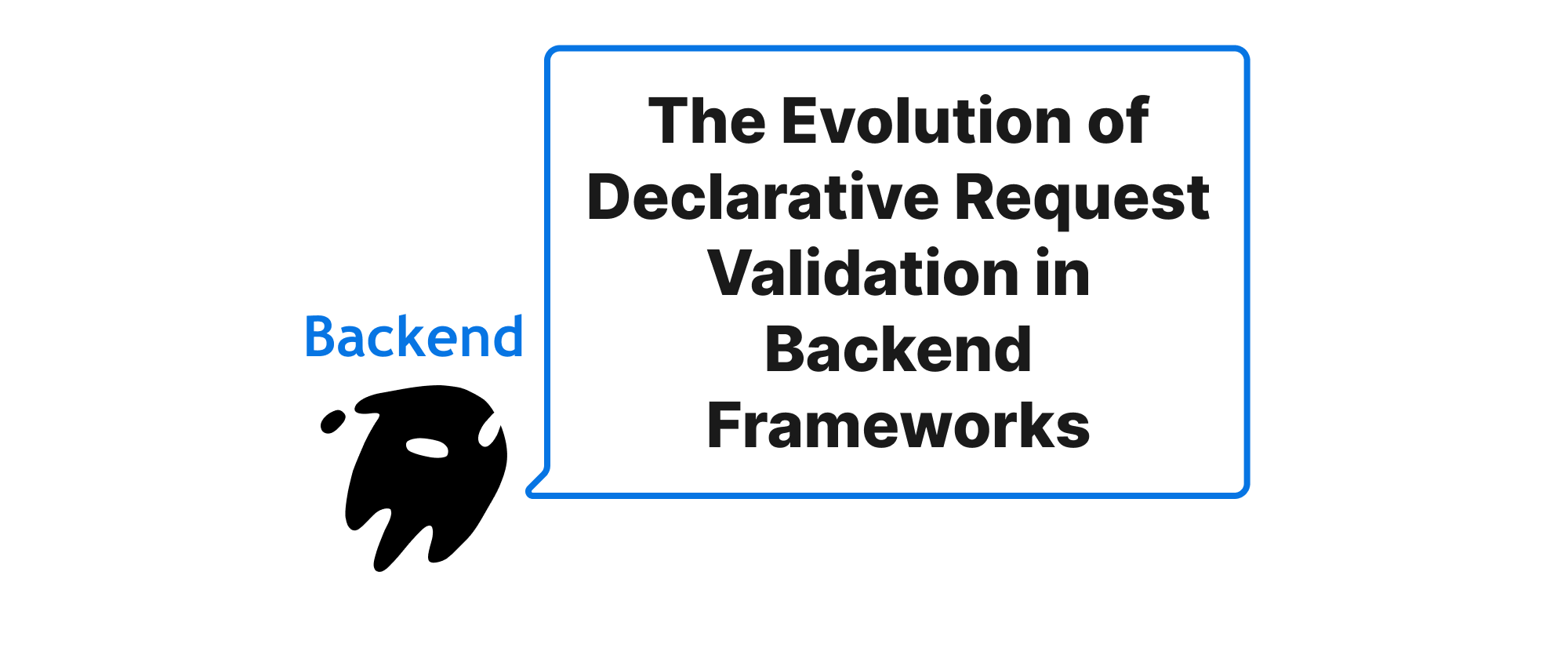Orchestrating Microservice Transactions with the Saga Pattern
Wenhao Wang
Dev Intern · Leapcell

Introduction
In the evolving landscape of modern software development, microservices have emerged as a dominant architectural style, offering unparalleled benefits in terms of scalability, resilience, and independent development. However, this modularity introduces a significant challenge: managing transactional consistency across multiple services. Unlike monolithic applications where ACID properties are inherently guaranteed by a single database, microservices often rely on separate databases, making distributed transactions notoriously complex. Imagine an e-commerce order process: creating an order, updating inventory, and processing payment. If any step fails, the entire workflow must be correctly undone to maintain data integrity. This crucial need for robust transactional integrity in a distributed environment brings us to the Saga pattern, a powerful approach designed to tackle this very problem, ensuring business processes remain consistent even when spanning across disparate services.
The Distributed Transaction Dilemma and the Saga Solution
Before diving into the Saga pattern itself, let's clarify some fundamental concepts that underpin its necessity and operation.
Core Terminology
- Microservice Architecture: An architectural style that structures an application as a collection of loosely coupled services, each developed, deployed, and scaled independently.
- Distributed Transaction: A transaction that involves multiple independent systems or services, executing operations across them. Unlike local transactions, standard ACID guarantees are difficult or impossible to maintain directly.
- CAP Theorem: A fundamental theorem in distributed computing stating that it is impossible for a distributed data store to simultaneously provide more than two out of the following three guarantees: Consistency, Availability, and Partition tolerance. Microservice architectures often prioritize Availability and Partition tolerance, leading to eventual consistency.
- Eventual Consistency: A consistency model where, if no new updates are made to a given data item, eventually all accesses to that item will return the last updated value. This is a common trade-off in distributed systems.
- Compensating Transaction: An operation that semantically undoes a previous operation. It doesn't necessarily reverse the operation but rather creates a new operation that compensates for its effects. For example, if money was deducted from an account, a compensating transaction would add that money back.
The Saga Pattern Explained
The Saga pattern is a way to manage distributed transactions that span multiple services, where each service maintains its own database. Instead of a single, atomic transaction spanning all services (which is problematic in microservices), a Saga breaks down the transaction into a sequence of local transactions. Each local transaction updates its own service's database and publishes an event, triggering the next local transaction in the sequence. If a local transaction fails, the Saga executes a series of compensating transactions to undo the effects of the preceding successful local transactions.
There are two primary ways to coordinate Sagas:
-
Choreography-based Saga:
- Each service produces and consumes events to decide if and when to execute its local transaction.
- No central coordinator. Services listen to events, perform their work, and then emit new events.
- Pros: Loosely coupled, simpler to implement for straightforward workflows.
- Cons: Can be difficult to monitor and debug long-running sagas, especially as the number of services increases. The overall flow is less transparent.
-
Orchestration-based Saga:
- A central orchestrator (a dedicated service) is responsible for coordinating the Sag. It tells each participant service what local transaction to execute.
- The orchestrator maintains the state of the Saga and decides on the next step, including executing compensating transactions.
- Pros: Better control over the entire process, easier to monitor the Saga's progress, and simpler to manage complex workflows.
- Cons: The orchestrator can become a single point of failure or a bottleneck if not designed carefully. It also introduces an additional service to manage.
Practical Implementation Example (Orchestration-based)
Let's illustrate an orchestration-based Saga with a simplified order processing example using a Python-like pseudocode. We'll have three services: Order Service, Inventory Service, and Payment Service.
Scenario: Customer Places an Order
- Order Service: Creates a new order in a
PENDINGstate. - Inventory Service: Reserves requested items.
- Payment Service: Processes payment.
- Order Service: Updates order to
APPROVEDorREJECTED.
Saga Orchestrator
# Assuming a message queue like Kafka or RabbitMQ for communication class OrderCreationOrchestrator: def __init__(self, order_id): self.order_id = order_id self.state = "INITIATED" self.context = {"order_id": order_id, "items": [], "total_amount": 0.0} # Store order details needed across services def start_saga(self, order_details): print(f"Orchestrator: Starting Saga for Order {self.order_id}") self.context.update(order_details) self.state = "CREATE_ORDER" self._send_command_to_order_service(self.context) def _send_command_to_order_service(self, payload): # Simulate sending a command to Order Service print(f"Orchestrator: Sending 'create_order' command to Order Service with data: {payload}") # In a real system, this would publish a message to a queue self._simulate_order_service_response(payload) def _send_command_to_inventory_service(self, payload): # Simulate sending a command to Inventory Service print(f"Orchestrator: Sending 'reserve_inventory' command to Inventory Service with data: {payload}") self._simulate_inventory_service_response(payload) def _send_command_to_payment_service(self, payload): # Simulate sending a command to Payment Service print(f"Orchestrator: Sending 'process_payment' command to Payment Service with data: {payload}") self._simulate_payment_service_response(payload) def _simulate_order_service_response(self, payload): # Simulate Order Service creating order and publishing an event print(f"Order Service: Order {payload['order_id']} created in PENDING state.") # On success, orchestrator proceeds self.handle_event("order_created", {"order_id": payload["order_id"], "items": payload["items"]}) def _simulate_inventory_service_response(self, payload, success=True): if success: print(f"Inventory Service: Items {payload['items']} reserved for Order {payload['order_id']}.") self.handle_event("inventory_reserved", {"order_id": payload["order_id"]}) else: print(f"Inventory Service: Failed to reserve inventory for Order {payload['order_id']}!") self.handle_event("inventory_reservation_failed", {"order_id": payload["order_id"]}) def _simulate_payment_service_response(self, payload, success=True): if success: print(f"Payment Service: Payment processed for Order {payload['order_id']} with amount {payload['total_amount']}.") self.handle_event("payment_processed", {"order_id": payload["order_id"]}) else: print(f"Payment Service: Failed to process payment for Order {payload['order_id']}!") self.handle_event("payment_failed", {"order_id": payload["order_id"]}) def _send_compensate_order_service(self, payload): print(f"Order Service: Compensating - Canceling Order {payload['order_id']}.") # In actual system, change order status to 'CANCELED' pass def _send_compensate_inventory_service(self, payload): print(f"Inventory Service: Compensating - Unreserving items for Order {payload['order_id']}.") # In actual system, release reserved items pass def _send_compensate_payment_service(self, payload): print(f"Payment Service: Compensating - Refunding payment for Order {payload['order_id']}.") # In actual system, initiate refund pass def handle_event(self, event_type, event_data): print(f"Orchestrator: Received event: {event_type} for Order {self.order_id}. Current state: {self.state}") if event_type == "order_created" and self.state == "CREATE_ORDER": self.state = "RESERVE_INVENTORY" self._send_command_to_inventory_service(self.context) elif event_type == "inventory_reserved" and self.state == "RESERVE_INVENTORY": self.state = "PROCESS_PAYMENT" self._send_command_to_payment_service(self.context) elif event_type == "payment_processed" and self.state == "PROCESS_PAYMENT": self.state = "SAGA_COMPLETED" print(f"Orchestrator: Saga for Order {self.order_id} completed successfully!") # Finalize order in Order Service (e.g., set status to 'APPROVED') print(f"Order Service: Order {self.order_id} status updated to APPROVED.") elif event_type == "inventory_reservation_failed": self.state = "SAGA_FAILED_INVENTORY" print(f"Orchestrator: Inventory reservation failed. Initiating compensation.") self._send_compensate_order_service(self.context) # Compensate order creation print(f"Orchestrator: Saga for Order {self.order_id} failed and compensated.") elif event_type == "payment_failed": self.state = "SAGA_FAILED_PAYMENT" print(f"Orchestrator: Payment failed. Initiating compensation.") self._send_compensate_inventory_service(self.context) # Compensate inventory reservation self._send_compensate_order_service(self.context) # Compensate order creation print(f"Orchestrator: Saga for Order {self.order_id} failed and compensated.") # --- Running the Saga --- if __name__ == "__main__": order_id = "ORDER-XYZ-123" order_details = { "customer_id": "CUST-001", "items": [{"item_id": "ITEM-A", "quantity": 2}, {"item_id": "ITEM-B", "quantity": 1}], "total_amount": 150.00 } orchestrator = OrderCreationOrchestrator(order_id) orchestrator.start_saga(order_details) print("\n--- Simulating a failure scenario (e.g., payment failure) ---") orchestrator_failure = OrderCreationOrchestrator("ORDER-XYZ-FAIL") order_details_failure = { "customer_id": "CUST-002", "items": [{"item_id": "ITEM-C", "quantity": 1}], "total_amount": 50.00 } # Manually simulate events to demonstrate failure and compensation orchestrator_failure.start_saga(order_details_failure) # At this point, order_created event would be handled normally # Then inventory_reserved event would be handled normally # Now, simulate a payment failure directly orchestrator_failure.handle_event("payment_failed", {"order_id": "ORDER-XYZ-FAIL", "reason": "Insufficient funds"})
Explanation of the Code Example:
OrderCreationOrchestrator: This acts as our Saga orchestrator. It maintains the state of the overall transaction (self.state) and the context needed for subsequent steps (self.context).start_saga: Initiates the workflow by sending the first command to theOrder Service._send_command_to_X_service: These methods simulate sending messages (commands) to different microservices. In a real application, this would involve publishing messages to a message broker (e.g., Kafka, RabbitMQ)._simulate_X_service_response: These methods simulate the response from individual microservices after they complete their local transaction. They emit events that the orchestrator then handles.handle_event: This is the core logic of the orchestrator. Based on the incoming event and the current Saga state, it decides the next action: either proceeding to the next step, completing the Saga, or initiating a compensation workflow.- Compensation Logic: When an event like
payment_failedis received, thehandle_eventmethod triggers a sequence of_send_compensate_X_servicecalls. These calls instruct the previously successful services to undo their actions semantically.
Application Scenarios
The Saga pattern is particularly well-suited for scenarios in microservice architectures where:
- Business processes span multiple services and databases: E-commerce order fulfillment, hotel booking systems, flight reservations.
- Strong consistency across all services is not strictly required in real-time, but eventual consistency with atomicity guarantees is paramount: It's acceptable for the system to be temporarily inconsistent as long as it eventually reaches a consistent state or is fully rolled back.
- Traditional distributed transaction (XA transactions) solutions are not feasible or introduce too much overhead: XA transactions are often tightly coupled and perform poorly in highly distributed, autonomous microservice environments.
- Services need to remain loosely coupled: The Saga pattern allows services to evolve independently without needing to directly coordinate their database transactions.
Key Considerations
- Idempotency: All commands and compensating transactions should be idempotent. Sending the same command multiple times should have the same effect as sending it once. This is crucial for resilience in message-driven systems.
- Monitoring and Observability: Sagas can be long-running and involve many steps. Robust monitoring, logging, and tracing are essential to understand the state of a Saga and diagnose failures.
- Error Handling and Retries: Consider how services will handle temporary failures. The orchestrator or individual services might need retry mechanisms.
- State Management: The orchestrator needs to persist its Saga state to recover from crashes and continue execution.
- Timeouts: Implementing timeouts for each step of the Saga is critical to prevent a Saga from hanging indefinitely if a service fails to respond.
Conclusion
The Saga pattern offers a practical and powerful solution for managing distributed transactions in complex microservice architectures. By breaking down atomic operations into a sequence of local, independent transactions, and providing robust compensation mechanisms, it ensures data consistency across disparate services without sacrificing the benefits of microservices. While it introduces its own set of complexities related to coordination and error handling, the ability to maintain transactional integrity in a resilient and scalable manner makes Saga an indispensable tool for building robust distributed systems. It's a testament to how intelligent design can overcome the inherent challenges of distributed computing, bringing eventual consistency and operational guarantees to the forefront of modern application development.


